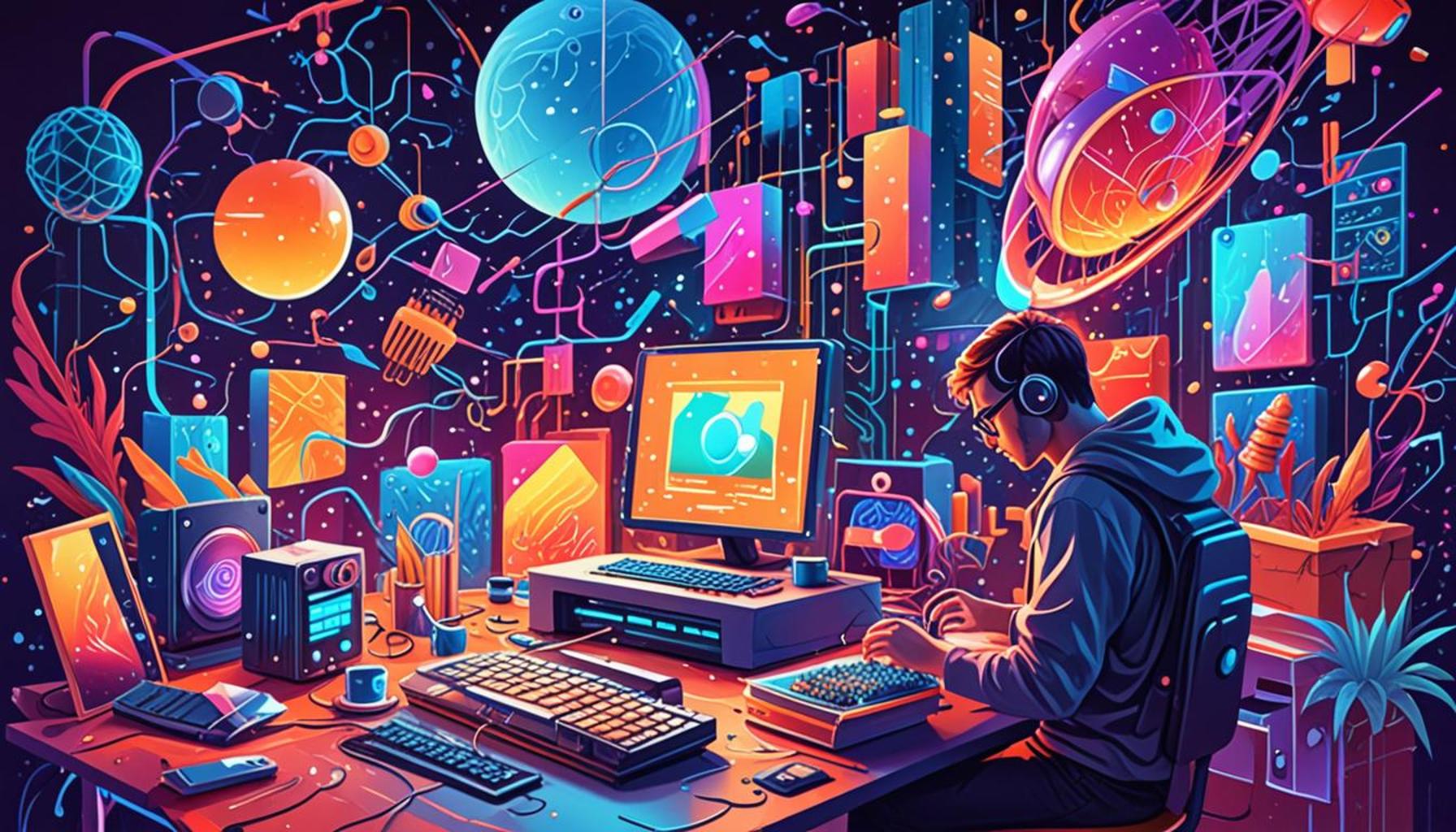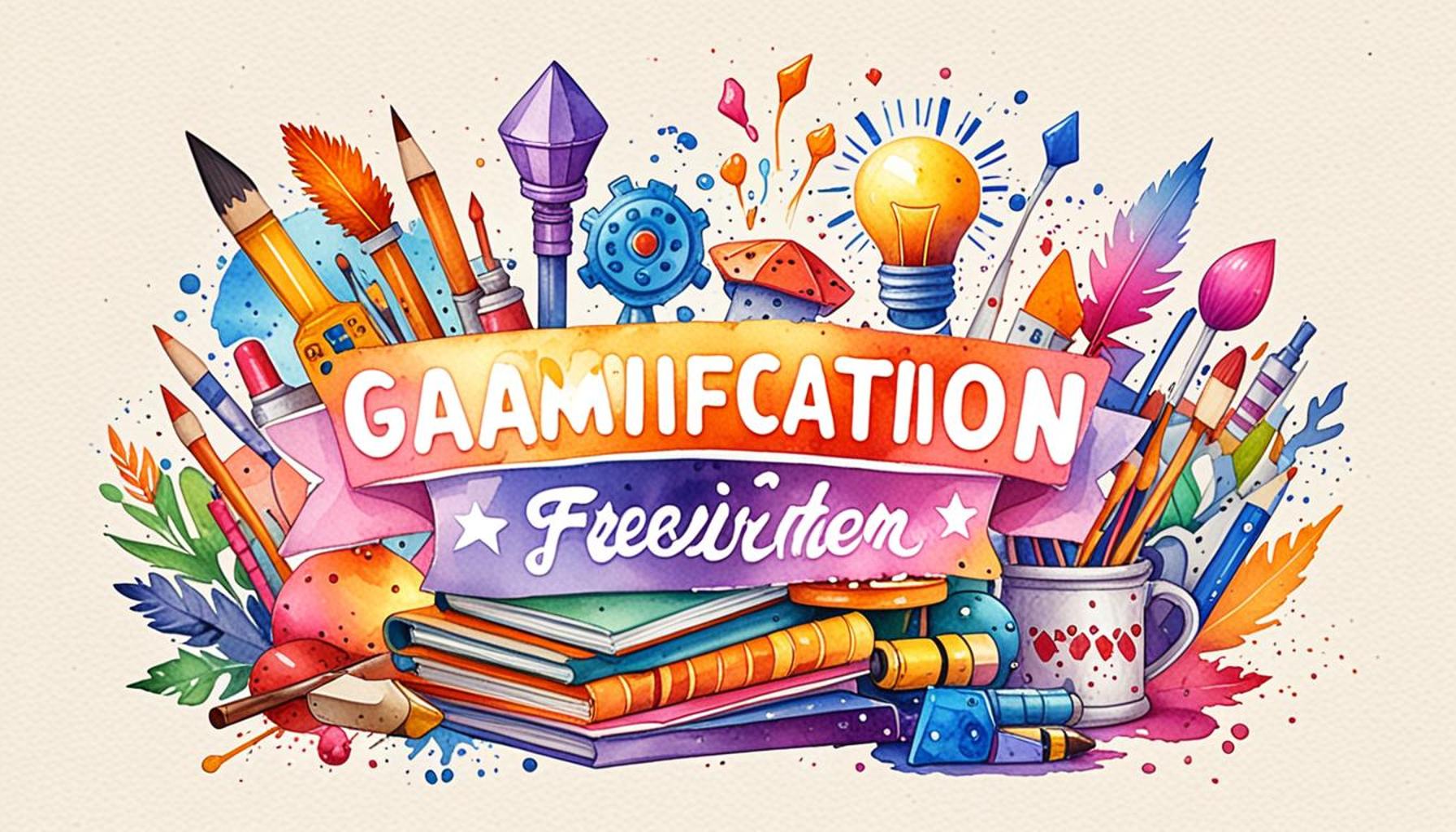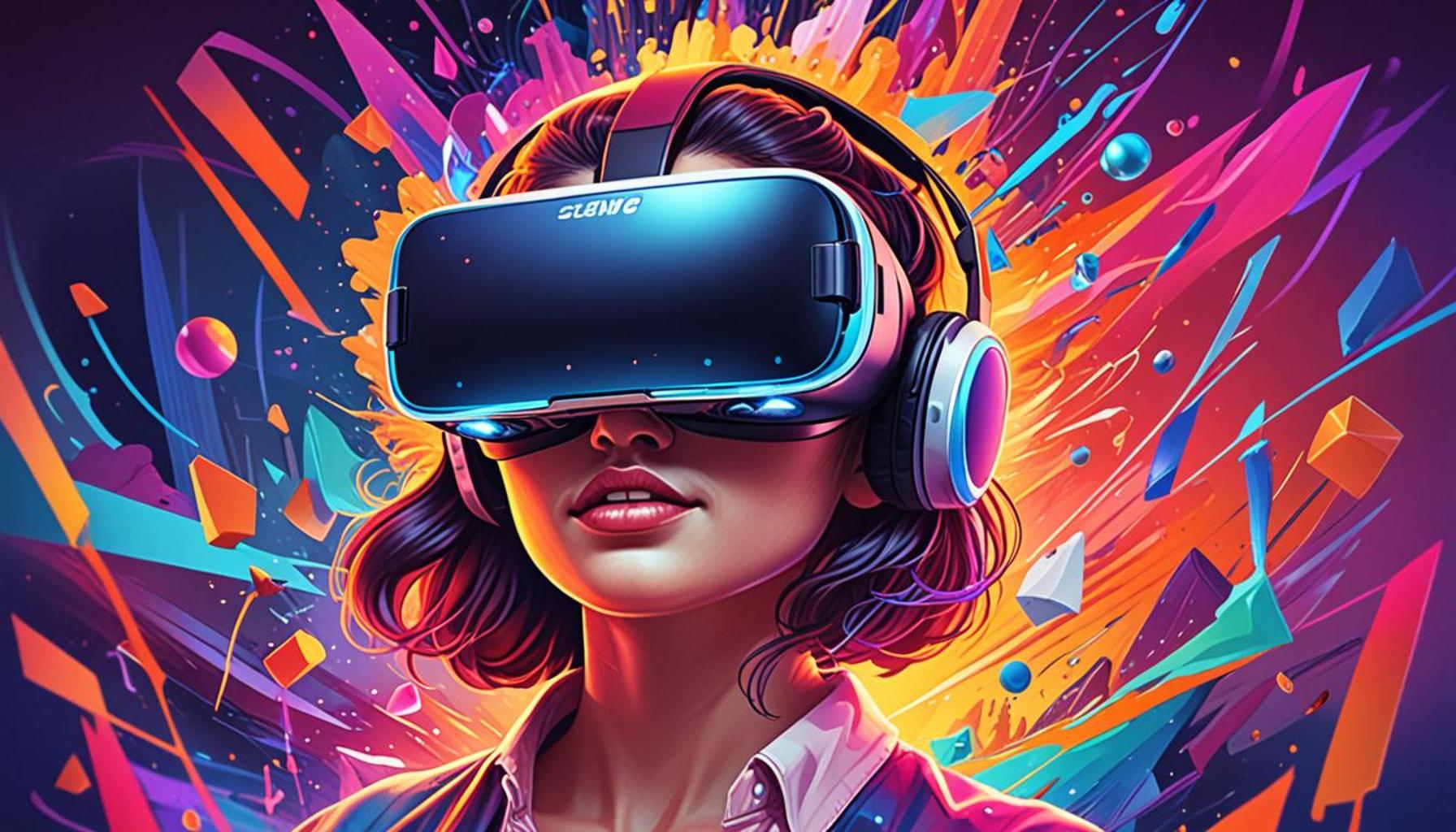Creating Digital Art with Virtual Reality Tools
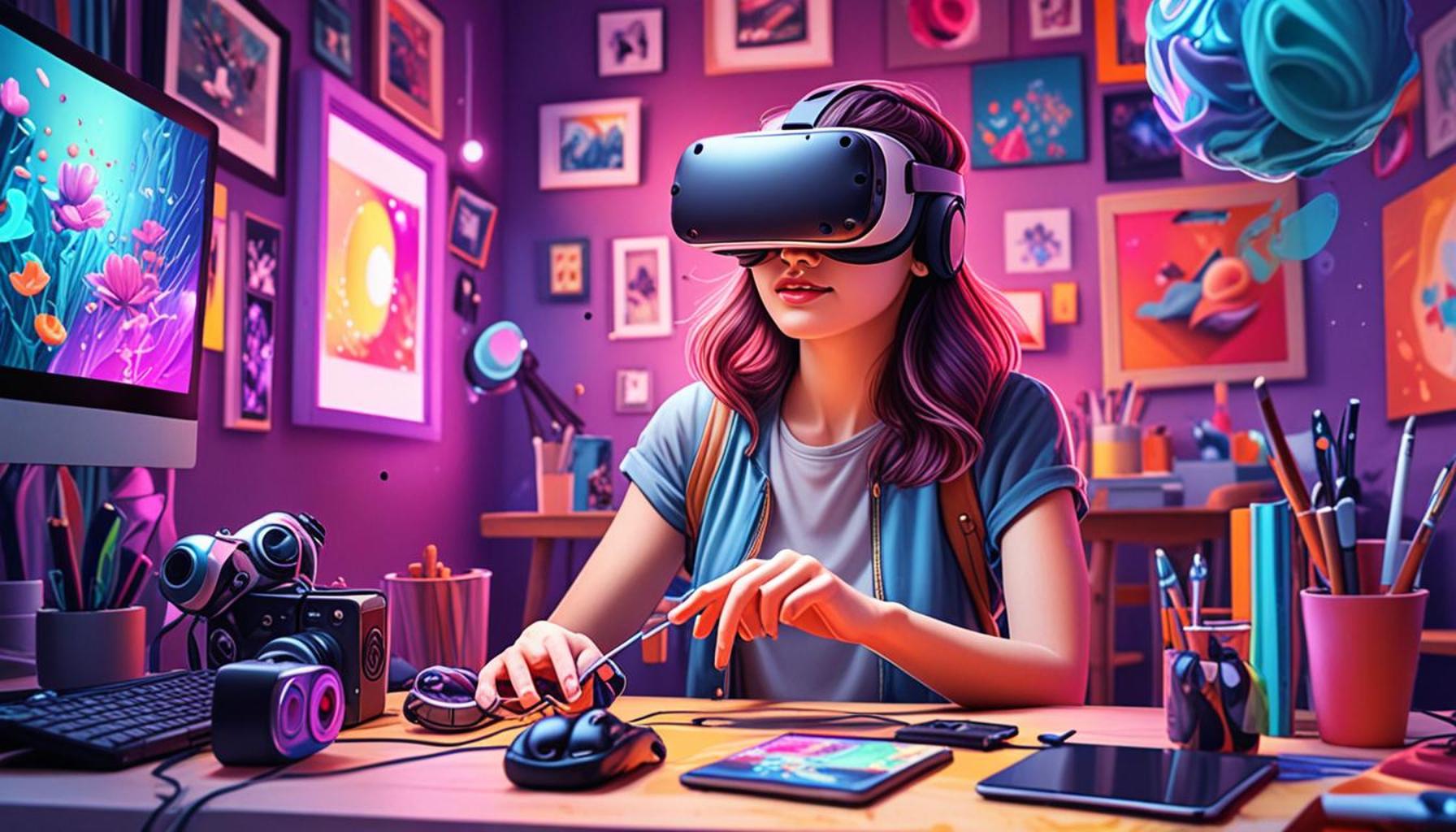
The Evolution of Artistic Expression through VR
In the rapidly advancing landscape of technology, creating digital art with virtual reality tools has emerged as a revolutionary frontier. Artists are no longer limited to the constraints of canvas or paper; they can now navigate through expansive digital realms, redefining creativity’s very essence. This transformation not only enhances the artistic process but also redefines the relationship between the artist, their medium, and the viewer.
Immersive Environments
One of the most compelling features of virtual reality (VR) tools is the ability to create immersive environments. Artists can step into a 3D space that envelops them, facilitating a new level of engagement. Unlike working on a flat surface, VR allows artists to explore their creations from multiple angles, enriching their perspective during the creative process. For instance, a sculptor can walk around their digital model, making adjustments that might have been overlooked in traditional mediums. This three-dimensional engagement fosters a deeper connection with the artwork, inspiring prodigious creativity.
Intuitive Interactions
The design of VR tools has also made intuitive interactions possible. Unlike conventional software, which often requires a steep learning curve, VR applications utilize gesture-based controls that mimic the natural movements of physical painting. This fluidity not only makes the artistic process more accessible but also subsequently lowers the barrier for newcomers to the digital art scene. Imagine swiping your hand to create a sweeping brushstroke in mid-air, an act that feels as organic as painting with a brush on a canvas. This connection between artist and tool can empower users to unleash their creativity without technological constraints.
Collaborative Platforms
Furthermore, collaborative platforms in virtual reality are breaking geographical boundaries, allowing artists from different regions to collaborate in real-time. Programs like “Mozilla Hubs” and “vTime XR” enable creatives to come together in shared virtual spaces, where they can brainstorm, critique, and co-create. This fosters not only the exchange of ideas but also introduces diverse perspectives into individual works, enriching the artistic landscape. An artist in New York can work alongside a peer in Tokyo, exchanging influences that result in works that transcend cultural norms.
Popular Tools and Applications
As this thrilling technology continues to expand, various applications have made a significant impact in the field of digital art. Popular VR applications like Tilt Brush, Medium, and Oculus Quill provide unique tools and settings that encourage experimentation and innovation. Artists can create intricate 3D paintings or detailed sculptures with ease, often finding new styles and techniques that push the boundaries of traditional art.
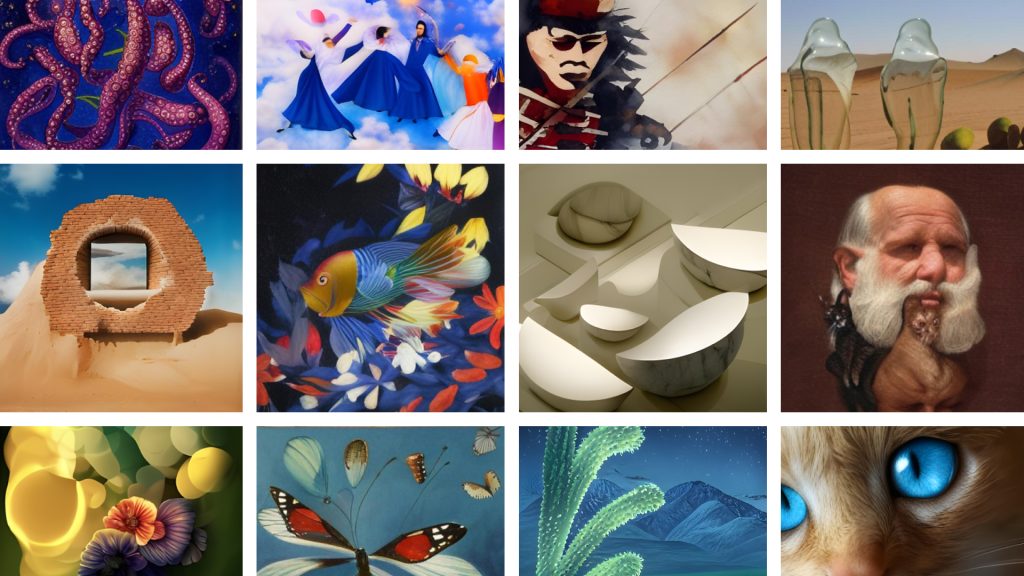
Redefining Artistic Practices and Accessibility
As we delve deeper into the potential of VR tools within the art community, it is crucial to consider how these advancements are reshaping artistic practices and accessibility. With the ability to create art in a virtual space, individuals with disabilities may find new avenues for expression that were previously unattainable. This makes the future of creativity not just exciting, but inclusive.
In conclusion, the rise of virtual reality in digital art offers an incredible journey into innovative creativity. As artists embrace this technology, the question remains: Are you ready to immerse yourself in the captivating world of virtual reality art? The future of creativity awaits, promising to redefine not only the artistic process but also our understanding of art itself.
DISCOVER MORE: Click here to enhance your camping experience
Exploring the Artistic Landscape of Virtual Reality
The artistic realm is undergoing a seismic shift as virtual reality (VR) tools redefine how art is conceived and created. This digital revolution is not just about new practices; it represents a paradigm shift in the way artists interact with their work, leading to a more immersive and profound creative experience. As we investigate this exciting frontier, it’s essential to understand how VR technology enhances artistic expression in several fundamental ways.
Breaking Down Creative Barriers
One of the most significant advantages of employing VR in artistic creation is its power to break down traditional barriers. Artists can explore unconventional techniques and styles, pushing the envelope beyond the limitations of physical media. For instance, they can manipulate virtual materials that would behave differently from any real-world substance—think of watercolor that flows like liquid through space or solid objects that defy gravity. This imaginative freedom encourages innovation, compelling artists to think outside familiar frameworks.
- Expansive Color Palettes: VR allows for an endless range of colors without the constraints of actual paint. Artists can blend and layer hues seamlessly, discovering unique combinations that evoke specific emotions or atmospheres.
- Dynamic Textures: Unlike traditional painting, VR art tools enable creators to experiment with textures that can be altered on-the-fly, allowing for a tactile approach to visuals that is both intuitive and rewarding.
- Scale Alterations: Artists can resize their creations instantly, from colossal sculptures to intricate miniatures, integrating scale as a meaningful aspect of their art.
Bridge between Art and Technology
Moreover, the fusion of art and technology through VR is causing a renaissance in the way artists perceive their role in society. The merge of traditional artistic skills with cutting-edge technology is not just a trend; it is becoming a necessity. As modern consumers engage more with digital media, understanding how to create immersive art experiences can offer artists a competitive edge in today’s marketplace.
Additionally, VR technology has democratized art creation, allowing enthusiasts and beginners to immerse themselves in the artistic process. Applications designed for novice creators enable users to produce stunning visual art without prior experience. This broader access encourages more individuals to explore their creative impulses, achieving artistic expression that might have once remained dormant.
The Rise of Virtual Art Exhibitions
As the VR art community continues to grow, so too does the exposure that artists receive. Virtual art exhibitions and galleries are emerging as popular formats for showcasing digital artwork. These platforms provide opportunities for artists to reach a global audience, transcending physical limitations. Exhibitions in VR, such as those hosted by ArtSteps or V-Art, offer immersive experiences that appeal to diverse viewers, creating environments where art lovers can interact with artwork and artists alike in real time.
In summary, the wave of digital art with virtual reality tools is not just about new mediums; it is about reinvigorating the entire artistic process. As we delve deeper into the technical capabilities of VR, the opportunities for imaginative expression become more profound, inviting both seasoned professionals and newcomers to experiment within this fascinating landscape of creativity.
| Advantages | Key Features |
|---|---|
| Immersive Experience | Virtual reality tools allow artists to create and engage with their art in a three-dimensional immersive environment, enhancing creativity. |
| Real-time Collaboration | Artists can work together in the same virtual space, breaking geographical barriers and fostering innovative exchanges. |
Creating digital art with virtual reality tools opens up new avenues for creativity and collaboration. The ability to interact with art in a three-dimensional space is transforming how artists express themselves. By immersing themselves in a virtual environment, creators can manipulate their work dynamically, leading to unexpected forms and ideas. Additionally, the sector is thriving with tools that enable real-time feedback and collaboration among artists spread across different locations. This not only enriches the art-making process but also encourages a global dialogue, where diverse perspectives can be shared and integrated into unique artistic expressions.As artists dive deeper into the world of virtual reality, the potential for innovation continues to expand. Techniques such as augmented reality (AR) integration and interactive storytelling are emerging, challenging traditional boundaries of artistic mediums. Artists are now actively exploring how VR technology can transform audience engagement and redefine the relationship between the viewer and the artwork. This intersection of art and technology promises to lead to a new renaissance in creative expression that is set to captivate audiences far and wide.
DIVE DEEPER: Click here to discover nutritious recipes
Transforming Design and Collaboration through VR
The advantages of virtual reality tools extend beyond personal artistry; they are reshaping collaborative processes within artistic communities. The integration of VR in design fosters a new era of teamwork, where multiple creators can join forces in a shared virtual space, transcending geographic boundaries. This capability allows for real-time feedback and simultaneous editing, fundamentally altering how artists conceive and refine their projects.
Collaborative Virtual Environments
As artists increasingly work in collaborative settings, VR technology is revolutionizing project development. Platforms such as Spatial and Tilt Brush facilitate the assembly of artists from around the globe, enabling them to brainstorm and create collectively within a 3D environment. Imagine a sculptor in New York, a painter in Los Angeles, and a digital designer in Seattle all collaborating on the same virtual piece of art, refining and enhancing it simultaneously. Such advancements not only enhance creativity but also streamline the iterative process of design, which can often be tedious through traditional means.
Furthermore, VR allows for experiential storytelling where artists can create immersive narratives that envelop the viewer. In this context, every visual element becomes part of a larger, interactive story that participants can navigate. This concept is exemplified in projects like ‘The Night Café’, which transports users into a 3D recreation of Vincent van Gogh’s famed artwork, allowing viewers to interact with an entire sensory experience. These multifaceted art installations become living entities that resonate with audiences on new emotional levels.
Accessing New Audiences
The outreach potential of VR technology for artists is astounding. Traditional galleries, while esteemed, often lack the accessibility necessary for enthusiastic audiences who may be restricted by location, cost, or physical ability. VR exhibitions dissolve these obstacles, creating opportunities for diverse audience participation. A virtual gallery can host thousands of viewers simultaneously, allowing for an intimate yet expansive viewing experience that is difficult to replicate in the physical world.
Additionally, artists have the unique opportunity to gather data on viewer engagement through VR platforms. By tracking interactions within the VR space, creators can gain valuable insights into audience preferences and behaviors. This feedback loop influences future projects and can lead to more audience-tailored artwork, ultimately enhancing connection and resonance.
Educational Applications of VR in Art
The educational potential of VR tools is also noteworthy. Art students and enthusiasts can utilize these platforms to learn from seasoned artists through virtual workshops and tutorials. Institutions like the Art Institute of Chicago have begun integrating VR technology into their programs, enabling students to experiment with techniques that are otherwise challenging to access. This immersive learning approach equips participants with skills that prepare them for a rapidly evolving digital landscape.
As the intersection between technology and creativity deepens, the artistic possibilities with VR tools continue to expand, offering unprecedented avenues for entertainment, education, and collaboration. As artists navigate this brave new world, they stand poised to influence not just the artistic community but the broader societal fabric as well, leveraging immersive digital experiences to foster connections, evoke emotions, and inspire change.
DON’T MISS OUT: Click here to dive deeper
Embracing the Future of Art
In conclusion, the world of digital art is undergoing a profound transformation, thanks to the innovative capabilities of virtual reality tools. As artists embrace these technologies, they unlock an array of creative possibilities that extend far beyond conventional methods. With the rise of collaborative platforms, artists from diverse backgrounds can transcend geographic limitations, forging global partnerships that enrich the creative process. Materials and techniques that were once constrained to the physical realm can now be explored in dynamic, immersive environments.
Moreover, the potential for reaching new audiences through virtual exhibitions democratizes access to art, enabling anyone with a VR headset to join an interactive viewing experience from the comfort of their home. This accessibility introduces art to a wider demographic, fostering inclusivity and interaction that traditional galleries cannot offer. The data collected from these engagements not only informs artists about their audience but also encourages the development of more personalized and resonant art.
The educational implications of VR in the art sector are equally significant. As institutions increasingly adopt these technologies, students gain exposure to advanced techniques and mentorship opportunities that inspire and prepare them for future challenges in the creative industries.
As the combination of art and technology continues to evolve, it is clear that creating digital art with VR tools represents not just a trend, but a significant shift in the artistic landscape. Engaging with these innovative platforms allows artists to tell richer stories, connect more deeply with audiences, and ultimately redefine what is possible in art. The future is here, and it is vibrant, interactive, and full of endless potential.
